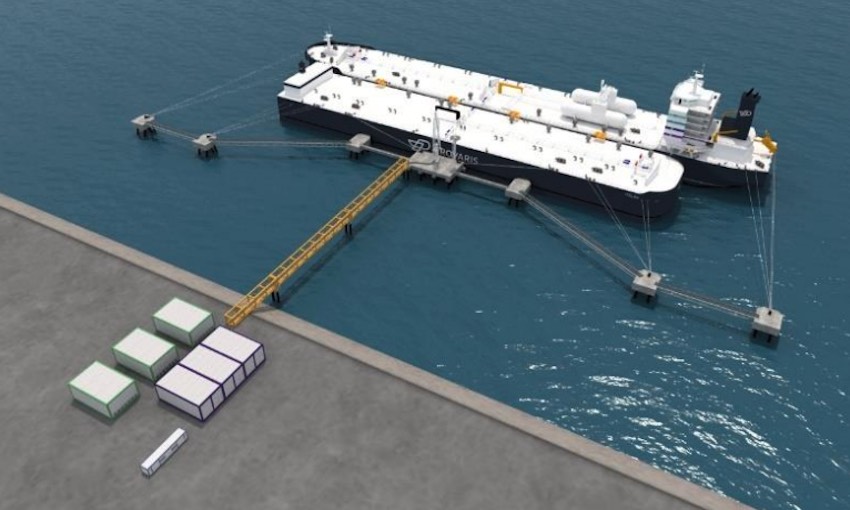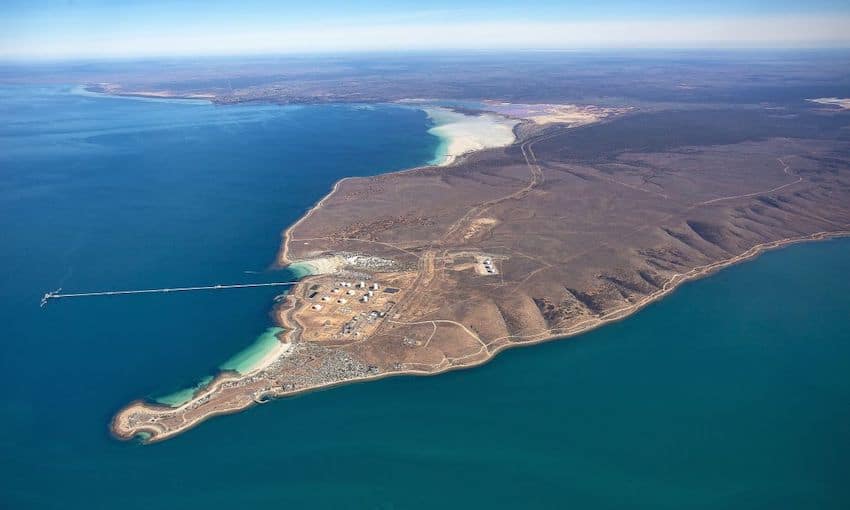A REPORT from ASX-listed energy company Provaris suggests compression is the most cost-effective option for transporting hydrogen by sea.
The Hydrogen Transport Comparison Report set out to identify the components of what Provaris calls the generation, production and delivery vector supply chain.
It compared the delivery cost of hydrogen for three vectors (compression, liquefaction and ammonia) when integrated with a variable renewable energy profile to produce hydrogen.
It found compression was the most cost-effective option for regional transport distances from 500 to 4000 nautical miles with volumes of up to 500,000 tonnes per annum.
The report suggested a bulk-scale hydrogen storage unit is needed regardless of the hydrogen energy vector. Provaris believes its H2Leo floating storage unit is a low-cost alternative for hydrogen storage.
Provaris managing director and CEO Martin Carolan said there has been a remarkable increase in awareness of some “formidable challenges” associated with delivering green hydrogen.
“We are witnessing a remarkable increase in awareness and comprehension of some of the formidable challenges associated with delivering green hydrogen,” Provaris managing director and CEO Martin Carolan said.
He believes relying predominantly on ammonia supply chains to deliver hydrogen may not be an efficient solution for governments and industries requiring gaseous hydrogen to reduce emissions.
“Given the urgency to take immediate action and expedite the development of supply chains, compression emerges as a key enabler that can … deliver substantial volumes to regional markets while maintaining favourable economic returns,” he said.
“In contrast, the liquefaction and ammonia alternatives present less favourable economics.”
Provaris chief development officer Garry Triglavcanin highlighted the report’s finding that hydrogen produced from a renewable energy resource and delivered by marine transport had one of two requirements.
He said it would either require a process such as compression suitable to “load follow” the variability of the renewable generation profile or, for liquefaction and ammonia, the installation of a battery and hydrogen storage capacity to enable the hydrogen to be export ready.
“A key objective of this report was to understand and identify each of the components that together delivered the complete ‘generation, production and delivery’ vector supply chain for marine transport,” he said.
“The latter [of the two requirements] was found to have a significant impact on the cost of producing green hydrogen.”
Provaris said the analysis highlights how compression can simplify and “revolutionise” regional hydrogen transport.





